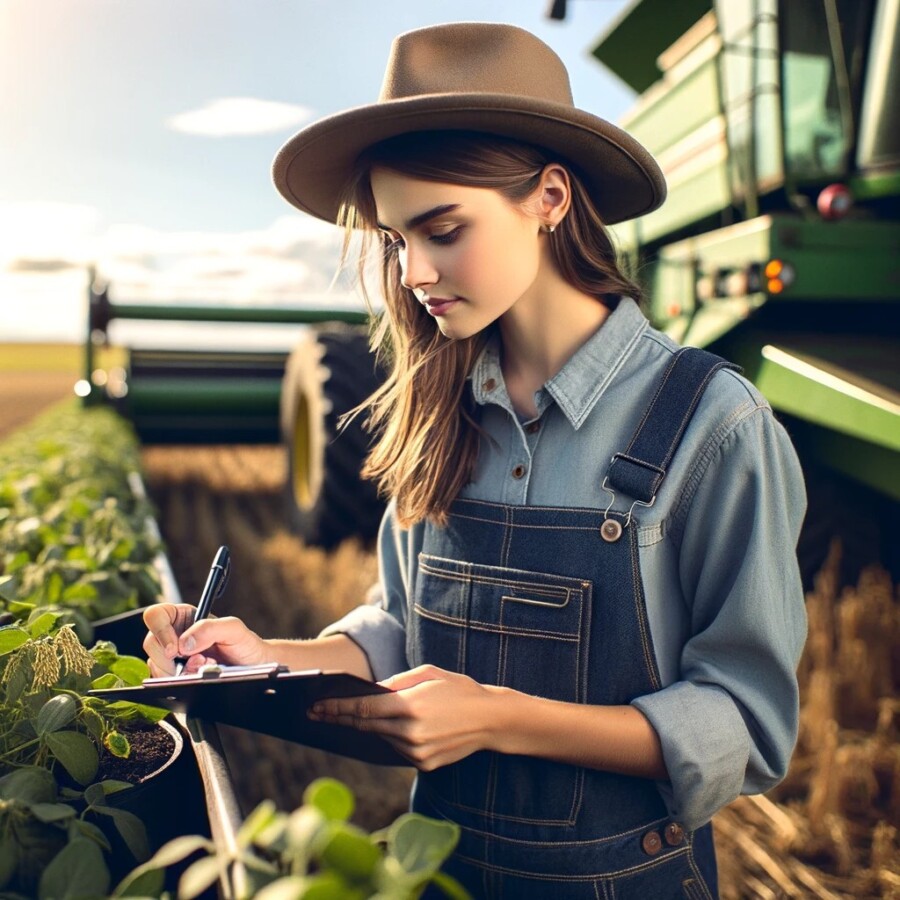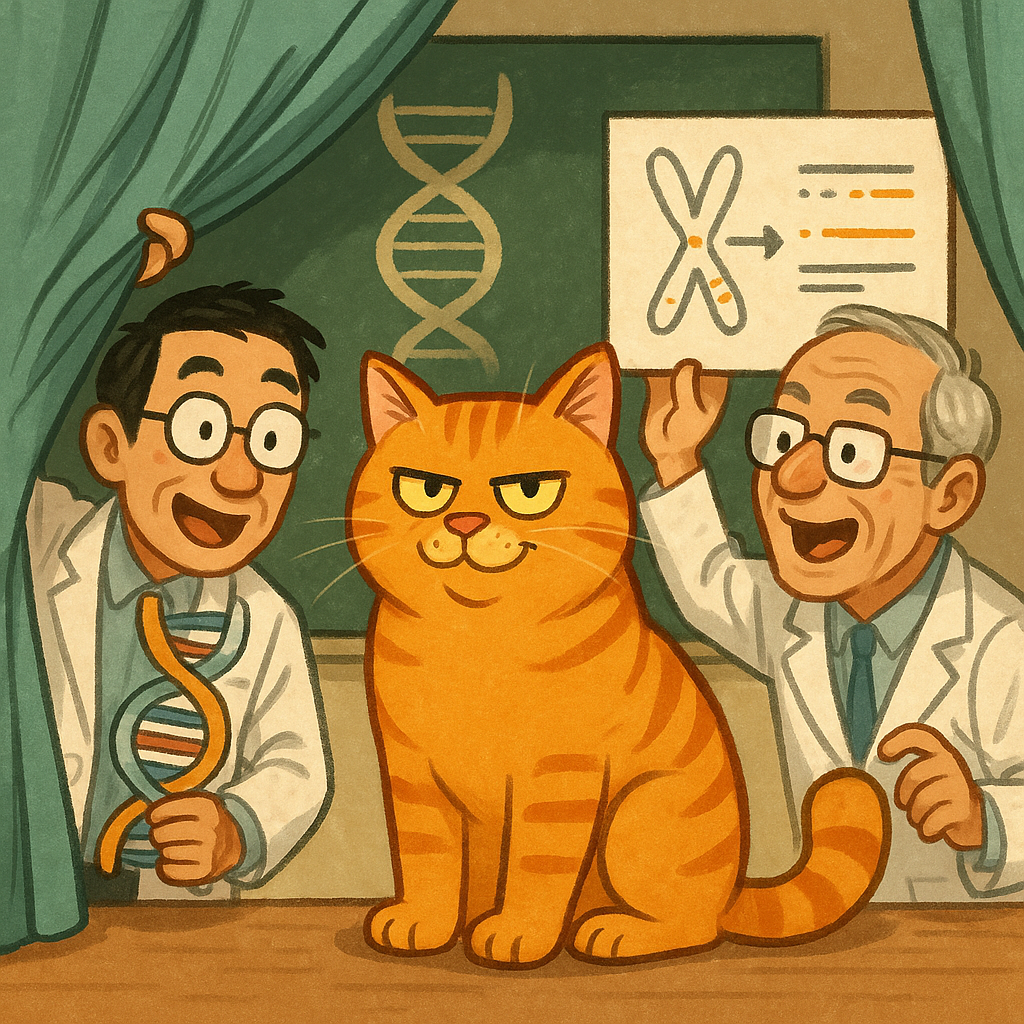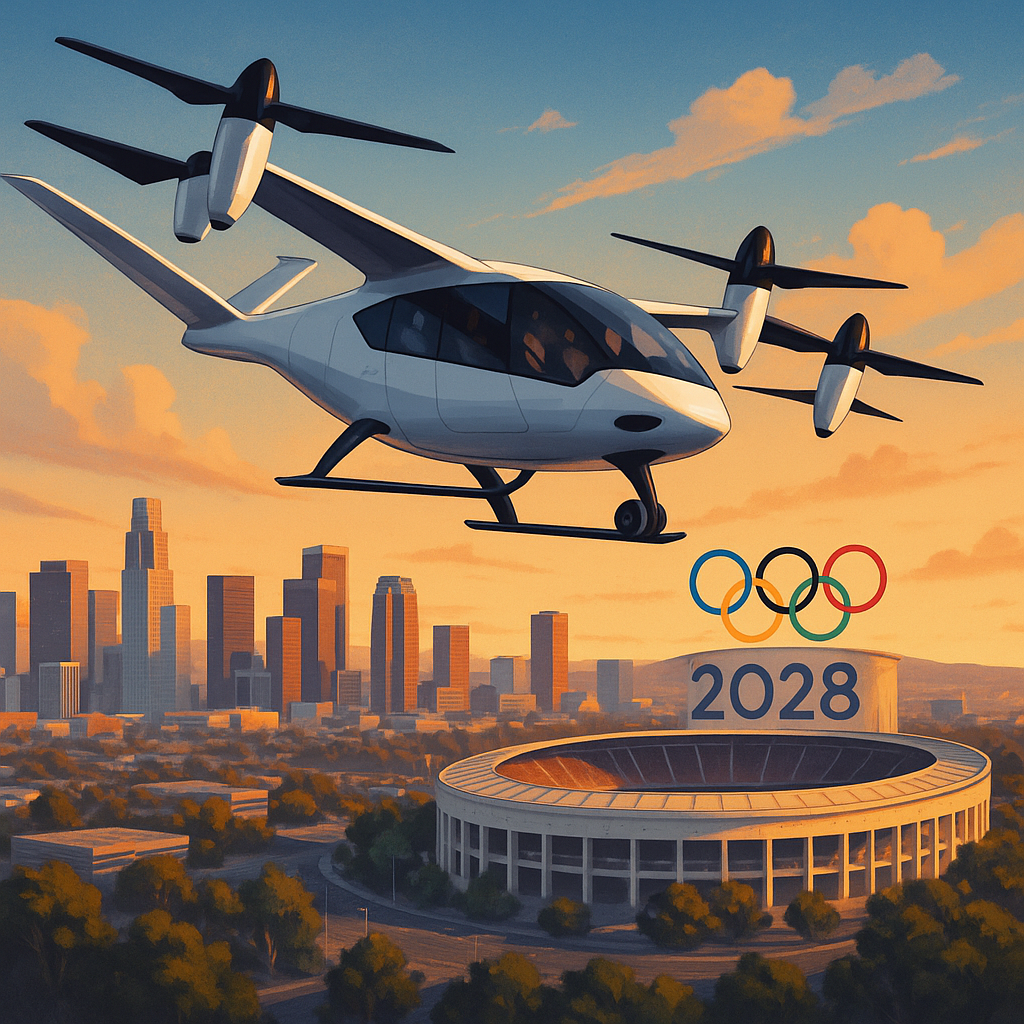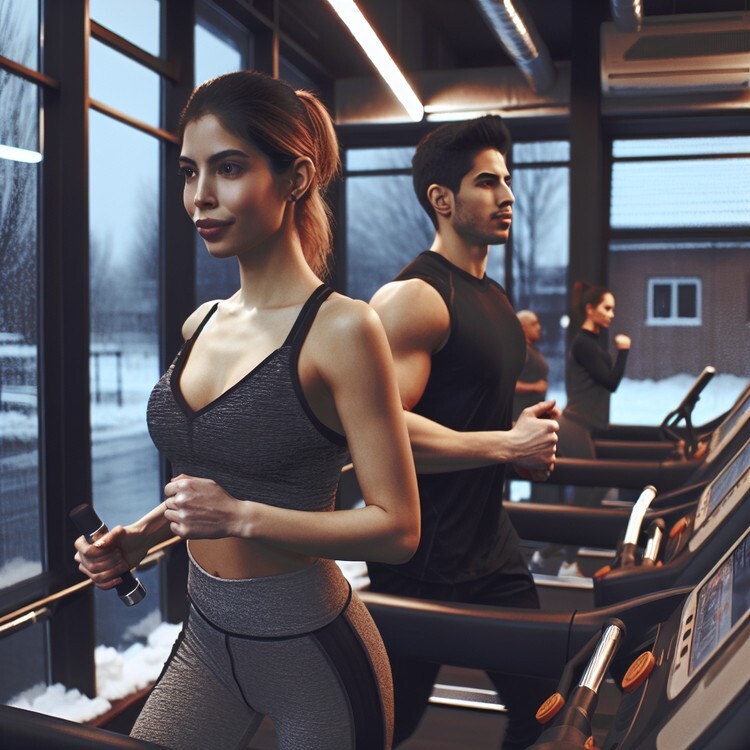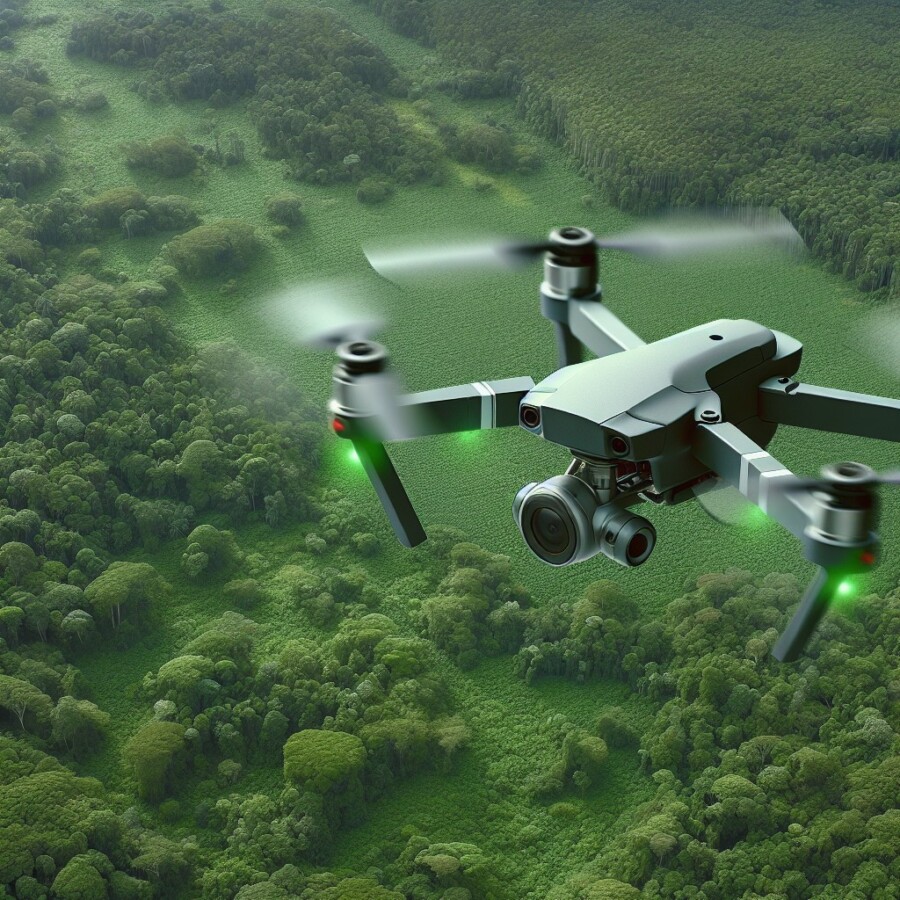Scientists use flying cameras called drones to watch big whales in the cold Antarctic waters. They saw a whale making bubbles to catch food, a trick called “bubble-netting.” These whales can move really well because of their big tails and flippers. Drones help scientists see these cool tricks up close.
Drones also show scientists that whale families are coming back to places where they were hunted before. They saw mommy whales with their babies, which is a good sign. Some whales are getting smaller because their food is changing. This might mean they are not as healthy. Drones help scientists learn more about these changes.
Original news source: Drones reveal Antarctic whale ‘acrobatics’ (BBC)
🎧 Listen:
Slow
Normal
Fast
📖 Vocabulary:
| 1 | drones | Flying cameras |
| 2 | Antarctic | Very cold place with lots of ice |
| 3 | bubbles | Tiny balls of air in water |
| 4 | flippers | Parts of a whale that help it swim |
| 5 | hunted | Chased and caught for food or sport |
| 6 | families | Groups of people or animals that live together |
| 7 | babies | Very young children or animals |
| 8 | smaller | Not as big |
| 9 | healthy | Feeling good and strong |
| 10 | changes | Things that are different from before |
Group or Classroom Activities
Warm-up Activities:
– Charades
Instructions: Divide the class into two teams. Give each team a set of cards with words or phrases related to the article (e.g. whale, bubble-netting, drones, etc.). One member from each team will come to the front of the class and act out the word or phrase without speaking. The rest of the team must guess what it is within a certain time limit (e.g. one minute). The team that guesses correctly gets a point. Continue until all the cards have been used or for a set number of rounds. The team with the most points wins.
– News Summary
Instructions: In pairs, students will take turns summarizing the main points of the article to their partner. They should try to include important details and use their own words. After each summary, the listener can ask questions or provide feedback. Then, they switch roles and the other student summarizes the article. Encourage students to use phrases like “In the article, it says that…” or “According to the scientists…” to help them practice using reported speech.
– Opinion Poll
Instructions: Have students form small groups. Each group will discuss the following question: “Do you think drones are helpful for studying whales? Why or why not?” After they have had a chance to discuss, each group will appoint a spokesperson to share their group’s opinion with the class. As a class, vote on which opinion is the most convincing and have a short discussion about the different perspectives.
– Vocabulary Pictionary
Instructions: Write a list of vocabulary words from the article on the board (e.g. whale, bubble-netting, drones, etc.). Divide the class into pairs. One student from each pair will choose a word and draw a picture to represent it. The other student must guess the word based on the drawing. They can also ask questions to help them guess. After a set amount of time, switch roles. Encourage students to use English words and phrases to describe their drawings and guess the words.
– Headline Creation
Instructions: Divide the class into small groups. Each group will create a headline for an article about the use of drones to study whales. Encourage them to be creative and use some of the vocabulary words from the article in their headlines. After a set amount of time, each group will share their headline with the class. As a class, vote on the most interesting or catchy headline. This activity can also lead into a discussion about the importance of headlines in attracting readers to news articles.
🤔 Comprehension Questions:
1. What do scientists use to watch big whales in the cold Antarctic waters?
2. What did the scientists see the whale doing to catch food?
3. Why can whales move really well in the water?
4. How do drones help scientists see the cool tricks of the whales?
5. What did the scientists see when they used drones to watch the whales?
6. Why are some whales getting smaller?
7. How do drones help scientists learn more about the changes in the whales?
Go to answers ⇩
🎧✍️ Listen and Fill in the Gaps:
Scientists use flying cameras called drones to watch big whales in the cold Antarctic waters. They saw a whale (1)______ bubbles to catch food, a (2)______ called “bubble-netting.” These whales can move really well because of their big (3)______ and flippers. (4)______ help scientists see these cool tricks up close.
Drones also show scientists that (5)______ families are coming back to places where they were hunted before. They saw mommy whales with their babies, which is a good (6)______. Some whales are getting smaller because their food is changing. This might (7)______ they are not as healthy. Drones help scientists learn (8)______ about these changes.
Go to answers ⇩
💬 Discussion Questions:
Students can ask a partner these questions, or discuss them as a group.
1. What is a drone?
2. How do drones help scientists watch big whales?
3. What is “bubble-netting”?
4. How do whales catch food using bubble-netting?
5. How do whales move in the water?
6. Why do scientists use drones to see whale families?
7. How do drones help scientists learn about changes in whale populations?
8. How would you feel if you saw a whale making bubbles to catch food?
9. Do you like watching videos or pictures of whales?
10. Do you think it’s good that whale families are coming back to places where they were hunted before? Why or why not?
11. How would you feel if you saw a mommy whale with her baby?
12. Do you think it’s important for scientists to learn more about changes in whale populations? Why or why not?
Individual Activities
📖💭 Vocabulary Meanings:
Match each word to its meaning.
Words:
1. drones
2. Antarctic
3. bubbles
4. flippers
5. hunted
6. families
7. babies
8. smaller
9. healthy
10. changes
Meanings:
(A) Tiny balls of air in water
(B) Very young children or animals
(C) Flying cameras
(D) Not as big
(E) Groups of people or animals that live together
(F) Feeling good and strong
(G) Chased and caught for food or sport
(H) Things that are different from before
(I) Parts of a whale that help it swim
(J) Very cold place with lots of ice
Go to answers ⇩
🔡 Multiple Choice Questions:
1. What do scientists use to watch big whales in the cold Antarctic waters?
(a) Boats
(b) Helicopters
(c) Submarines
(d) Drones
2. What trick do whales use to catch food?
(a) Jumping
(b) Bubble-netting
(c) Singing
(d) Sleeping
3. How do whales move really well in the water?
(a) With their big mouths
(b) With their small fins
(c) With their big tails and flippers
(d) With their sharp teeth
4. What do drones help scientists see up close?
(a) Cool tricks of the whales
(b) Other animals in the water
(c) The bottom of the ocean
(d) The sky above the water
5. Where are whale families coming back to?
(a) New places they have never been to
(b) Places with lots of food
(c) Places with warm water
(d) Places where they were hunted before
6. What did scientists see mommy whales with?
(a) Their friends
(b) Their food
(c) Their babies
(d) Their toys
7. Why are some whales getting smaller?
(a) They are getting older
(b) Their food is changing
(c) They are not eating enough
(d) They are exercising too much
8. What do drones help scientists learn more about?
(a) Changes in whale behavior
(b) Changes in the weather
(c) Changes in the ocean floor
(d) Changes in the sky above the water
Go to answers ⇩
🕵️ True or False Questions:
1. Drones help scientists see the cool tricks of the whales up close.
2. All whales are increasing in size because their food is changing.
3. Scientists use flying cameras called drones to watch big whales in the cold Antarctic waters.
4. Drones do not help scientists learn more about these changes.
5. Whale families are not returning to places where they were hunted before.
6. The whales do not make bubbles to catch food, which is called “bubble-netting.”
7. Scientists saw mommy whales with their babies, which is a good sign.
8. Whales can move really well because of their big tails and flippers.
Go to answers ⇩
📝 Write a Summary:
Write a summary of this news article in two sentences.
Check your writing now with the best free AI for English writing!
Writing Questions:
Answer the following questions. Write as much as you can for each answer.
Check your answers with our free English writing assistant!
1. What are scientists using to watch big whales in the cold Antarctic waters?
2. What is the trick that the whales use to catch food called?
3. How do the whales move really well?
4. What do the drones help scientists see up close?
5. What did the scientists see when they used the drones?
✅ Answers
🤔✅ Comprehension Question Answers:
1. What do scientists use to watch big whales in the cold Antarctic waters?
Scientists use drones to watch big whales in the cold Antarctic waters.
2. What did the scientists see the whale doing to catch food?
The scientists saw the whale making bubbles to catch food, a trick called “bubble-netting.”
3. Why can whales move really well in the water?
Whales can move really well in the water because of their big tails and flippers.
4. How do drones help scientists see the cool tricks of the whales?
Drones help scientists see the cool tricks of the whales by flying close to them and taking videos.
5. What did the scientists see when they used drones to watch the whales?
When the scientists used drones to watch the whales, they saw mommy whales with their babies, which is a good sign.
6. Why are some whales getting smaller?
Some whales are getting smaller because their food is changing.
7. How do drones help scientists learn more about the changes in the whales?
Drones help scientists learn more about the changes in the whales by allowing them to see the whales up close and study their behavior.
Go back to questions ⇧
🎧✍️✅ Listen and Fill in the Gaps Answers:
(1) making
(2) trick
(3) tails
(4) Drones
(5) whale
(6) sign
(7) mean
(8) more
Go back to questions ⇧
📖💭✅ Vocabulary Meanings Answers:
1. drones
Answer: (C) Flying cameras
2. Antarctic
Answer: (J) Very cold place with lots of ice
3. bubbles
Answer: (A) Tiny balls of air in water
4. flippers
Answer: (I) Parts of a whale that help it swim
5. hunted
Answer: (G) Chased and caught for food or sport
6. families
Answer: (E) Groups of people or animals that live together
7. babies
Answer: (B) Very young children or animals
8. smaller
Answer: (D) Not as big
9. healthy
Answer: (F) Feeling good and strong
10. changes
Answer: (H) Things that are different from before
Go back to questions ⇧
🔡✅ Multiple Choice Answers:
1. What do scientists use to watch big whales in the cold Antarctic waters?
Answer: (d) Drones
2. What trick do whales use to catch food?
Answer: (b) Bubble-netting
3. How do whales move really well in the water?
Answer: (c) With their big tails and flippers
4. What do drones help scientists see up close?
Answer: (a) Cool tricks of the whales
5. Where are whale families coming back to?
Answer: (d) Places where they were hunted before
6. What did scientists see mommy whales with?
Answer: (c) Their babies
7. Why are some whales getting smaller?
Answer: (b) Their food is changing
8. What do drones help scientists learn more about?
Answer: (a) Changes in whale behavior
Go back to questions ⇧
🕵️✅ True or False Answers:
1. Drones help scientists see the cool tricks of the whales up close. (Answer: True)
2. All whales are increasing in size because their food is changing. (Answer: False)
3. Scientists use flying cameras called drones to watch big whales in the cold Antarctic waters. (Answer: True)
4. Drones do not help scientists learn more about these changes. (Answer: False)
5. Whale families are not returning to places where they were hunted before. (Answer: False)
6. The whales do not make bubbles to catch food, which is called “bubble-netting.” (Answer: False)
7. Scientists saw mommy whales with their babies, which is a good sign. (Answer: True)
8. Whales can move really well because of their big tails and flippers. (Answer: True)
Go back to questions ⇧






